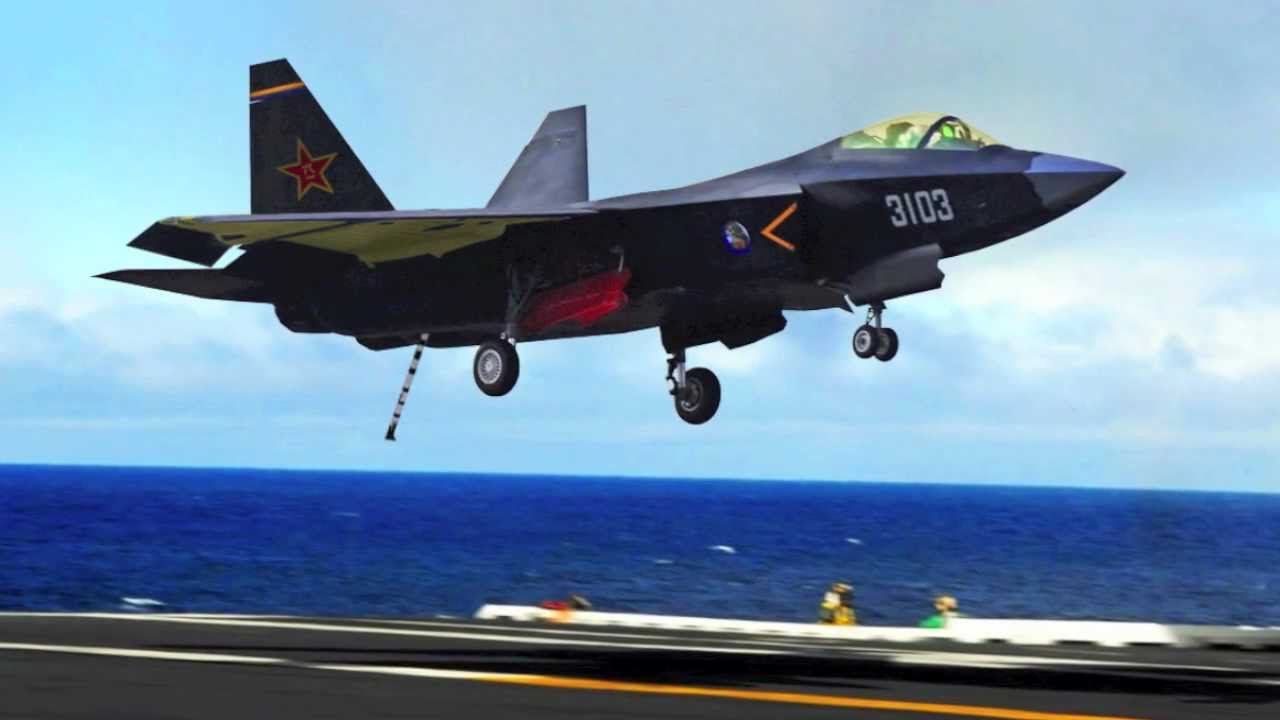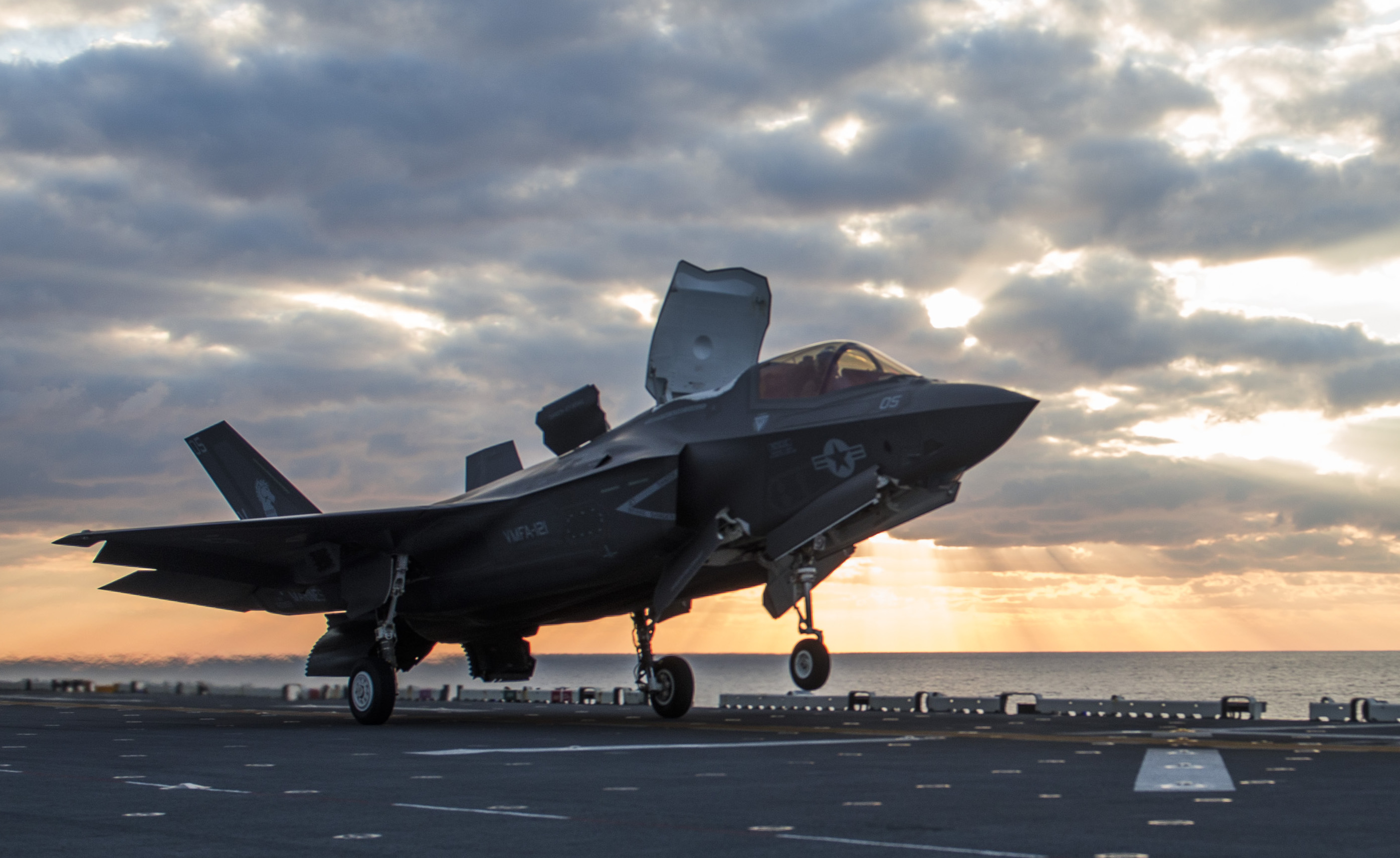Ben Werner
The Trump Administration announced tariffs and other restrictions on China's high-tech industry Thursday. The implicit message is the actions intend to guard the U.S. military's technological advantage in a 21st Century battlespace. The new order imposes tariffs on about $50 billion worth of specific products from China, authorizes filing a World Trade Organization case against China, and puts limits on Chinese investment in U.S. technology companies to protect them from being forced to share intellectual property with Chinese partner firms. Trump’s lead trade official detailed the U.S. complaint against China. The nation has a policy of forcing technology transfers between U.S. companies and Chinese partners as part of doing business in the nation and acquiring U.S. technology through cyber theft, U.S. trade representative Robert Lighthizer said at the ceremony.
Significantly, the tech-industry representative standing with Trump at the White House signing ceremony was Marillyn Hewson, president and chief executive officer of Lockheed Martin, the defense contractor building the F-35 Lightning II Joint Strike Fighter, among other Department of Defense weapons programs. Trump handed Hewson the pen used to sign the order.
Hewson said protecting intellectual property is “a critical area for the aerospace and defense industry.”

The Chinese Shenyang J-31 which was unveiled in late 2014. It’s widely believed the Chinese based the design on the Lockheed Martin F-35 designs
Lockheed Martin is developing some of the Pentagon’s most advanced weapons systems, including the F-35 Lightning II Joint Strike Fighter already being operated abroad by the Marine Corps and set to bring the carrier strike group its first stealth aircraft in the coming years.

An F-35B launches off the flight deck of the amphibious assault ship USS Wasp (LHD-1) on March 11, 2018. US Navy Photo
The Navy and the Pentagon clearly prize the technological edge these technologies would bring the U.S. military, with Navy Secretary Richard V. Spencer saying in December at the U.S. Naval Institute Defense Forum Washington that “our technological advantages are real. Those advantages, though, are diminishing. You can be sure there are some countries and some non-state actors out there working hard to bridge these technological gaps. And that is why my goal is to never send our troops into a fair fight.”
Part of the reason that technological gap is shrinking is that China is eyeing the very technologies that companies like Lockheed Martin make, looking for ways to either hack the contractors to steal blueprints and other information or tasking the country’s scientists and engineers with replicating new foreign systems. The end result is a long list of Chinese systems clearly based off U.S., Russian or other nations’ weapons.
The Chinese government openly states that its strategy to close technology gaps between the Chinese military and rivals is to acquire technology developed by others and adapt it to their needs. The current Chinese Five Year Plan bluntly states the nation’s plan is to develop technological innovation by improving the nation’s ability to create home-grown products and by relying on the work of others.
“We will strengthen basic research, bolster primary innovation, innovation based on the integration of existing technologies, and innovation based on import and assimilation,” according to a translation of the plan.
Intellectual property, Hewson said, “is the lifeblood of our companies, and so we very much welcome this action.”Read Full Article »
0 Response to "Trump Technology Tariffs Designed to Protect U.S. Military Advantage"
Post a Comment